Chong-Yung Chi, Chih-Chun Feng, Chii-Horng Chen, Ching-Yung Chen9781846280221, 1846280222
The absence of training or pilot signals from many kinds of transmission – in, for example, speech analysis, seismic exploration and texture image analysis – necessitates the widespread use of blind equalization and system identification. There have been a great many algorithms developed for these purposes, working with one- or two-dimensional (2-d) signals and with single-input single-output (SISO) or multiple-input multiple-output (MIMO), real or complex systems. It is now time for a unified treatment of this subject, pointing out the common characteristics and the sometimes close relations of these algorithms as well as learning from their different perspectives. Blind Equalization and System Identification provides such a unified treatment presenting theory, performance analysis, simulation, implementation and applications.
Topics covered include:
• SISO, MIMO and 2-d non-blind equalization (deconvolution) algorithms;
• SISO, MIMO and 2-d blind equalization (deconvolution) algorithms;
• SISO, MIMO and 2-d blind system identification algorithms;
• algorithm analyses and improvements;
• applications of SISO, MIMO and 2-d blind equalization/identification algorithms.
Each chapter is completed by exercises and computer assignments designed to further understanding and to give practical experience with the algorithms discussed.
This is a textbook for graduate-level courses in discrete-time random processes, statistical signal processing, and blind equalization and system identification. It contains material which will also interest researchers and practicing engineers working in digital communications, source separation, speech processing, image processing, seismic exploration, sonar, radar and other, similar applications.
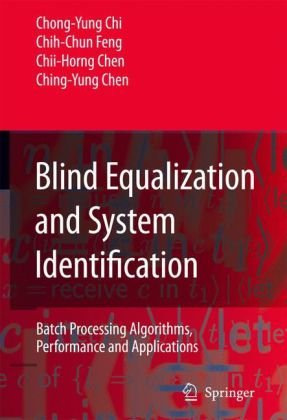
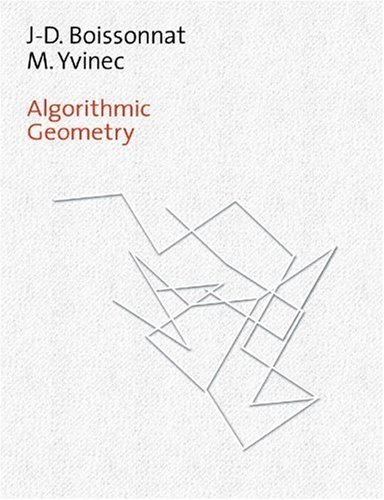
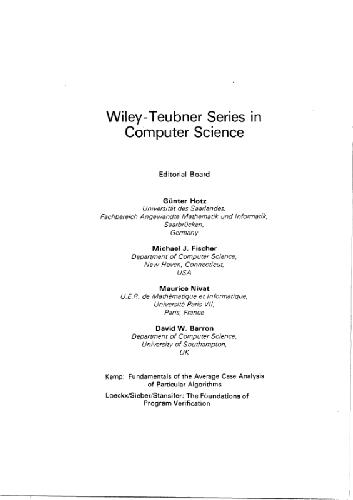
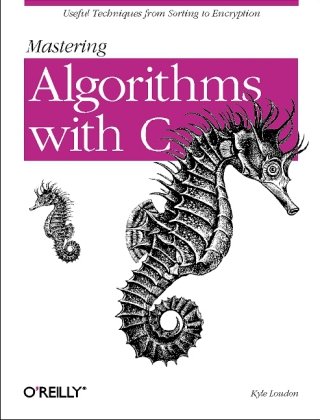
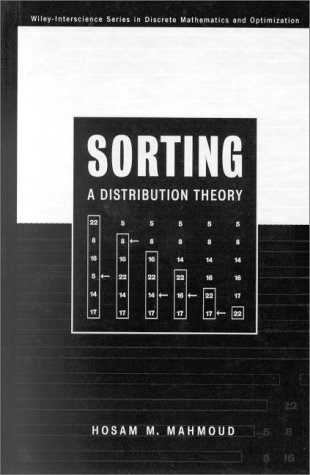

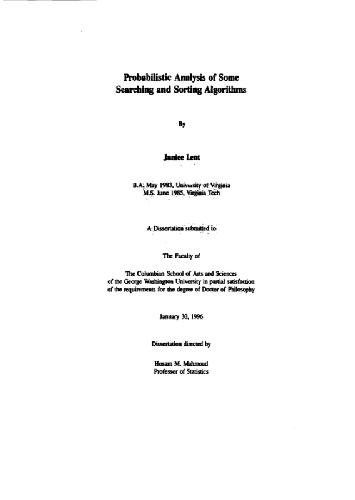
Reviews
There are no reviews yet.